 Most viewed - Okegawa-juku 桶川宿 Most viewed - Okegawa-juku 桶川宿 |
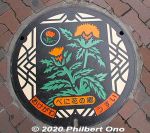
Okegawa-juku was the 6th lodging town (shukuba 宿場) on the old Nakasendo Road (中山道) that connected Tokyo (Edo) and Kyoto through an interior route passing through Saitama, Gunma, Nagano, Gifu, and Shiga Prefectures.66 viewsIt was about 526 km long and had 69 lodging towns where travelers could lodge and water their horses. A few buildings from this era still remain. This Okegawa manhole has a safflower (benibana) design. Okegawa was a major producer of safflowers.
|
|
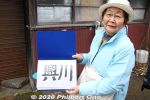
Our guide showed us the original kanji characters used for "Okegawa." 輿川17 views
|
|
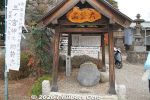
Inari Shrine's Power Stone (chikara-ishi). 力石17 views
|
|
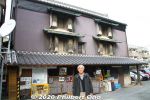
Perhaps Okegawa-juku's most distinctive building is the Shimamura family earthen storehouse (島村家住宅土蔵). Mr. Shimamura was our guide. 島村家住宅土蔵17 views
|
|
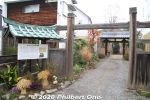
Only part of Okegawa's Honjin remains today, but it is private property and normally not open to the public. We could only see the entrance gate.17 viewsDuring its heyday, Okegawa-juku saw VIP guests such as the Maeda daimyo from Kaga (Ishikawa Prefecture) and Tokugawa Nariaki (1800–1860) from Mito (Ibaraki Prefecture). But the most famous VIP to stay in Okegawa was an emperor's daughter named Princess Kazunomiya (1846–1877).
|
|
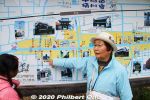
Our guide showed us around Okegawa-juku on foot. All the major spots are within walking distance.16 views
|
|
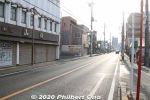
Nakasendo Road in Okegawa-juku. Most of it looks modern.16 views
|
|
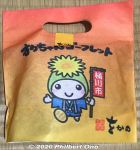
Oke-chan is Okegawa's official mascot. He is a Nakasendo traveler sporting a safflower on this head.16 views
|
|

Shukuba lodging towns in Saitama Prefecture as shown at the Nakasendo Shukuba-kan (中山道宿場館).15 views
|
|
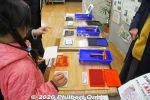
Nakasendo Shukuba-kan has woodblock-style postcard printing in three different colors. It's free.15 views
|
|
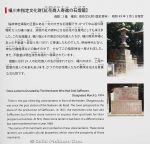
About Inari Shrine's stone lanterns.15 views
|
|
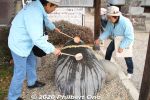
Inari Shrine's Power Stone (chikara-ishi) has to be wet for us to see the engravings. 力石15 views
|
|
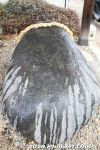
Inari Shrine's Power Stone (chikara-ishi) weighs 610 kg. A sumo wreslter once lifted it in 1852 as written on the stone. 力石15 views
|
|
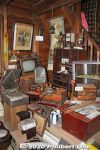
The building is filled with antique items from the old days. Amazing, eclectic collection. 15 views
|
|
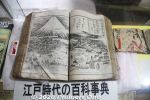
Edo Period encyclopedia.15 views
|
|
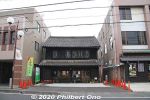
Another Shimamura family building, now a tea shop sandwiched by modern buildings.15 views
|
|
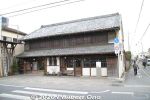
A former Okegawa-juku Hatago inn for travelers now called the Kobayashi residence. Dates from the Edo Period. 旧・旅籠(小林家)15 views
|
|
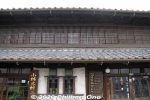
A former Hatago inn for travelers now called the Kobayashi residence. It's now a coffee shop. 旧・旅籠(小林家)15 views
|
|
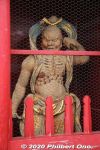
15 views
|
|
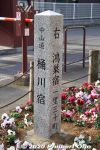
Okegawa-juku marker along the Nakasendo.14 views
|
|
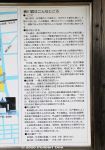
About Okegawa-juku in Japanese.14 views
|
|
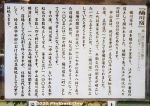
About Okegawa-juku.14 views
|
|

Okegawa Tourist Association (桶川市観光協会) in the Nakasendo Shukuba-kan (中山道宿場館) building right in the middle of the former lodging town.14 views
|
|
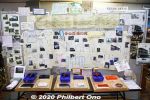
Map of Okegawa-juku's main buildings.14 views
|
|

Miniature shrine in a tree trunk. 14 views
|
|
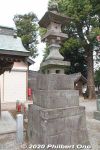
Inari Shrine's stone lanterns were donated by safflower producers.14 views
|
|
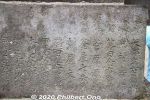
Inari Shrine's stone lanterns were donated by safflower producers. Their names are engraved on the lanterns.14 views
|
|
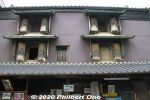
Shimamura family earthen storehouse as built in 1836 as a three-story storehouse to provide employment to construction workers suffering from a bad harvest that year.14 viewsThe storehouse is therefore nicknamed "Otasuke-zo" (お助け蔵) or "Savior Storehouse" for saving people from famine.
|
|
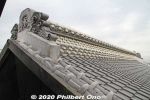
Shimamura family earthen storehouse roof was recently renovated (島村家住宅土蔵).14 views
|
|
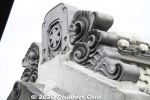
14 views
|
|

Entrance to Shimamura family earthen storehouse. It's fireproof and it has proven to be earthquake proof too.14 views
|
|
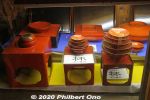
14 views
|
|
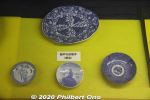
Meiji Period dishes.14 views
|
|
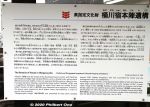
About Okegawa-juku's Honjin luxury lodge (本陣) where VIP travelers like the emperor, daimyo, shogun, or Imperial princess stayed.14 views
|
|
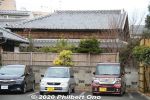
From a side street, we could see the roof of the Honjin stil remaining.14 views
|
|
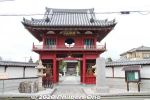
Gate to Jonenji Temple in Okegawa-juku. 浄念寺14 views
|
|
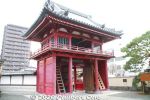
14 views
|
|
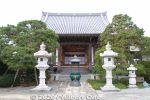
Jonenji's main worship hall is new, rebuilt in 2004.14 views
|
|

14 views
|
|
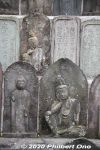
14 views
|
|

Keisai Eisen's print shows a traveler approaching a house to ask for directions to Hikawa Tenman Shrine. A woman farmer is threshing grain, and her husband smoking a pipe in the house. 14 viewsTobacco leaves are drying from the eaves. A man sits sideways on a pack horse headed in the opposite direction. 岐阻街道 桶川宿 曠原之景
|
|

Map of Okegawa-juku showing the old buildings that still remain.13 views
|
|
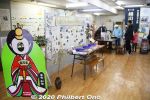
Inside Nakasendo Shukuba-kan (中山道宿場館). Various exhibits and pamphlets about Okegawa-juku. Also a short video. No English.13 views
|
|
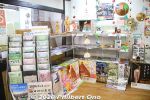
13 views
|
|

Make your own Okegawa-juku postcard in three steps. The final print is Keisai Eisen's print of Okegawa-shuku, part of his Sixty-nine Stations of the Kiso Kaido series.13 views
|
|
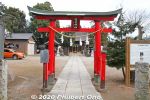
Inari Shrine in Okegawa-juku. 稲荷神社13 views
|
|
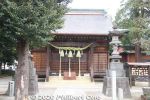
Inari Shrine in Okegawa-juku. 稲荷神社13 views
|
|
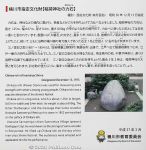
About Inari Shrine's Power Stone (chikara-ishi). 力石13 views
|
|

What's engraved on Inari Shrine's Power Stone (chikara-ishi). 力石13 views
|
|
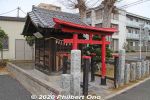
Small shrine still remaining from the old days.13 views
|
|
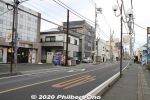
Nakasendo Road in Okegawa-juku.13 views
|
|
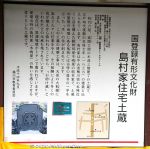
About the Shimamura family earthen storehouse (島村家住宅土蔵). The storehouse is a National Tangible Cultural Property.13 views
|
|
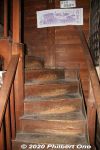
Stairs to the 2nd floor.13 views
|
|
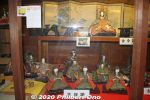
More antique items on the 2nd floor.13 views
|
|
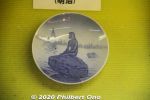
Little Mermaid design.13 views
|
|
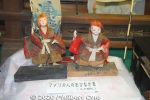
13 views
|
|
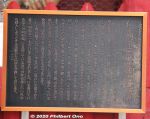
About the gate's Nio statues.13 views
|
|
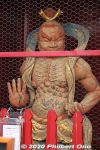
13 views
|
|
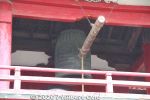
13 views
|
|
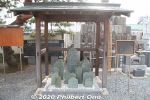
Stone tablets13 views
|
|
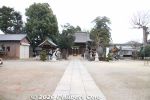
Inari Shrine in Okegawa-juku. 稲荷神社12 views
|
|
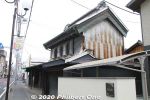
Former wholesaler of safflower, called the Yabe residence. From the Meiji Period. 穀物問屋(矢部家) 12 views
|
|
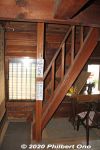
Stairs to the 3rd floor.12 views
|
|
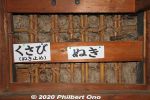
Inside the earthen wall.12 views
|
|
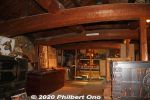
Third floor with roof beams. 12 views
|
|
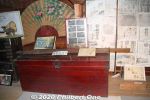
Luggage case.12 views
|
|
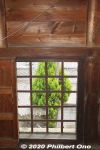
The Shimamura family storehouse is normally open only on the first Saturday of the month from 1:00 pm to 4:00 pm. 12 viewsHowever, groups can arrange to enter the storehouse on other days by appointment. (Call the Okegawa Tourist Association.)
|
|
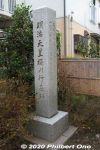
Emperor Meiji also once rested here while passing through in 1878 and there's this stone marker for it at the Honjin gate.12 views
|
|
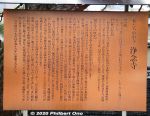
About Jonenji Temple in Okegawa-juku. It's a Jodo-shu Pure Land Sect Buddhist temple.12 views
|
|
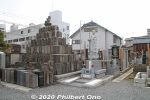
12 views
|
|
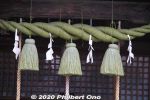
Inari Shrine in Okegawa-juku. This green sacred rope is actually fake, not made of straw. 稲荷神社11 views
|
|

Princess Kazunomiya's palanquin carried on wheels by four guards. The festival is held from 9 am to 4:30 pm. The Nakasendo is closed to traffic and has food stalls.6 views
|
|
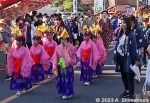
Okegawa holds an annual autumn festival called Okegawa Shimin Matsuri (桶川市民まつり) on Nov. 3 (national holiday) when they reenact Princess Kazunomiya's procession traveling through Okegawa-juku.5 viewsThe procession includes women holding safflowers and these chigo festival children.
|
|
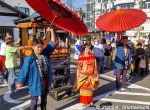
About halfway on the procession route, they stop at a parking lot where there's a stage. Here's Princess Kazunomiya played by a local lady.4 views
|
|
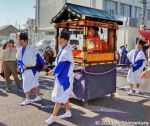
Princess Kazunomiya's palanquin in the procession during the Okegawa Shimin Matsuri (桶川市民まつり) on Nov. 3 (national holiday).. Her real palanquin had no wheels and she was carried by hand. 皇女和宮行列3 views
|
|

Members of the Princess Kazunomiya procession are introduced on stage at around 2 pm. The procession ends at around 3 pm at Kido-ato (木戸跡). Thanks to A. Shimamura for these photos.3 views
|
|
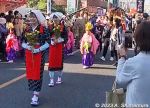
The most famous VIP to stay in Okegawa was an emperor's daughter named Princess Kazunomiya (1846–1877) when she was traveling from Kyoto to Tokyo to marry shogun Tokugawa Iemochi.2 viewsShe lodged in Okegawa on Nov. 13, 1861 and her entourage numbered over 30,000. 皇女和宮行列
|
|

The procession route is on the old Nakasendo Road (closed to traffic) starting at 1:30 pm at Okegawa Elementary School. Here's Princess Kazunomiya's banner in front of her palanquin.2 views
|
|
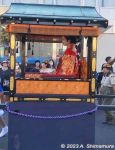
Princess Kazunomiya on her palanquin in Okegawa-juku. The procession route is on the Nakasendo Road from Okegawa Elementary School to Kido-ato. 1 views
|
|
|
|
|